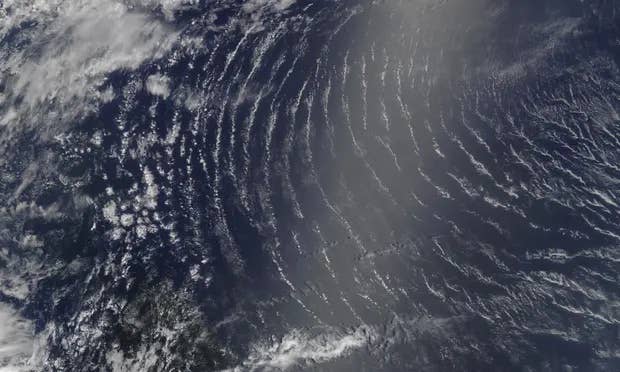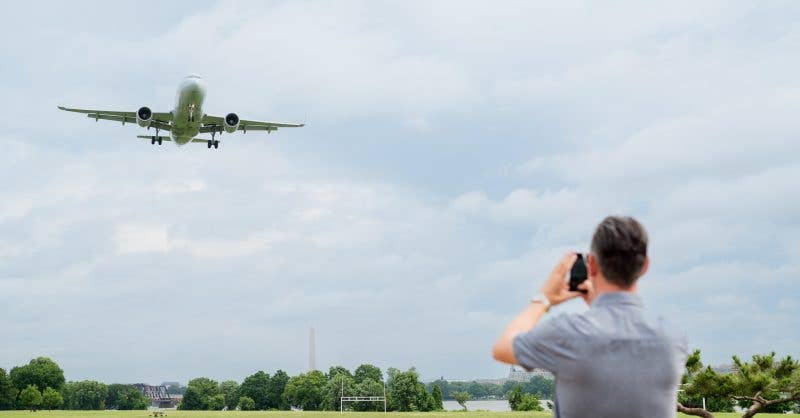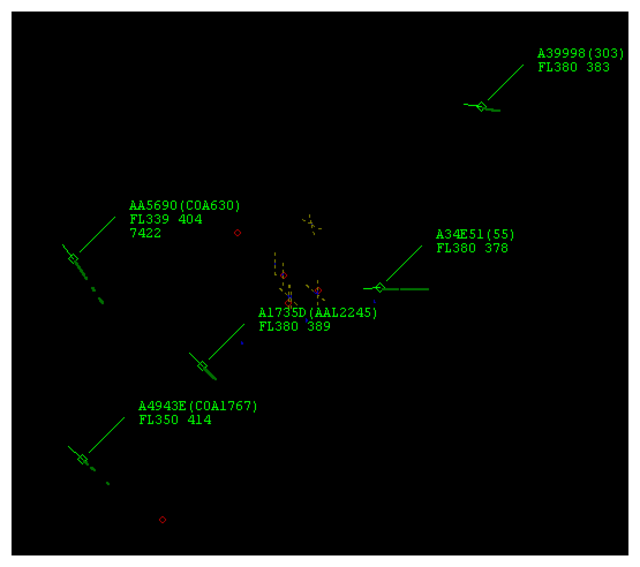Corrected: Research Cited At Conference Warns Of Increases In Turbulence
Evidence indicates that global warming is stimulating wind shear events at the jet stream level, with a significant increase in turbulence when transitioning in and out of the high-speed airflow…

Photo: ODIS/Terra/NASA
Evidence indicates that global warming is stimulating wind shear events at the jet stream level, with a significant increase in turbulence when transitioning in and out of the high-speed airflow at altitude. Speaking at the Sustainable Aviation Futures Congress in Amsterdam last week, Paul Williams, professor of Atmospheric Science at the University of Reading, U.K., said, "We have a lot of evidence that the jet stream is now 15 percent more strongly sheared since satellites began measuring it in the 1970s. And this is what causes a lot of turbulence, especially clear air turbulence [CAT]. That's a massive shift. Our calculations indicate there is going to be twice or three times as much severe turbulence in the next few decades because of climate change."
According to the U.S. National Transportation Safety Board (NTSB), there has been an increase in "head-slamming" turbulence on airline flights. Turbulence-related injuries have become the most common type of airline accident, said the NTSB, with cabin crew members 24 times more likely to be injured than passengers. Turbulence also accounts for more than $500 million yearly in damages and delays, said the board.
And while the strong tailwinds can speed up a journey from west to east, the opposite occurs when headed the other way. And since flights spend much more flight time flying at the slower groundspeed into the wind, the net result is longer flight times, overall, and increased fuel burn, according to studies cited at the Amsterdam meeting.






